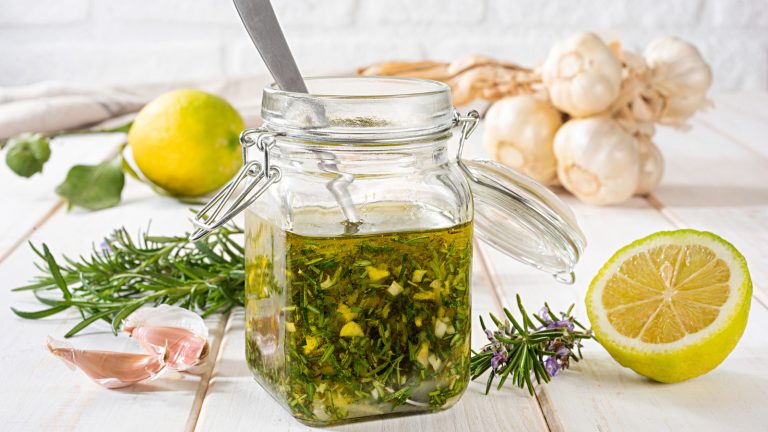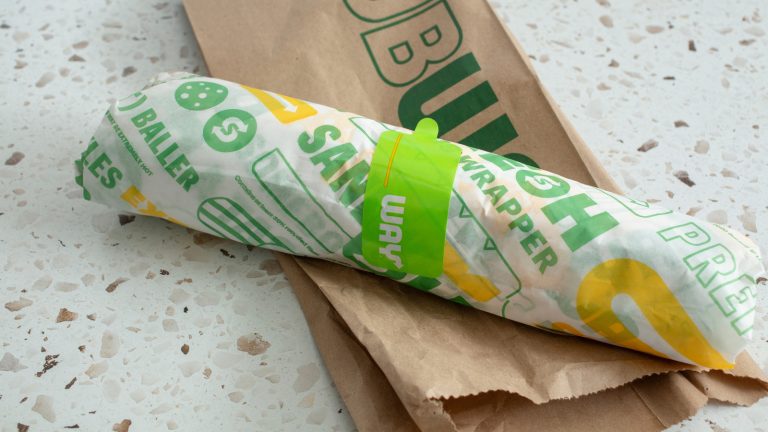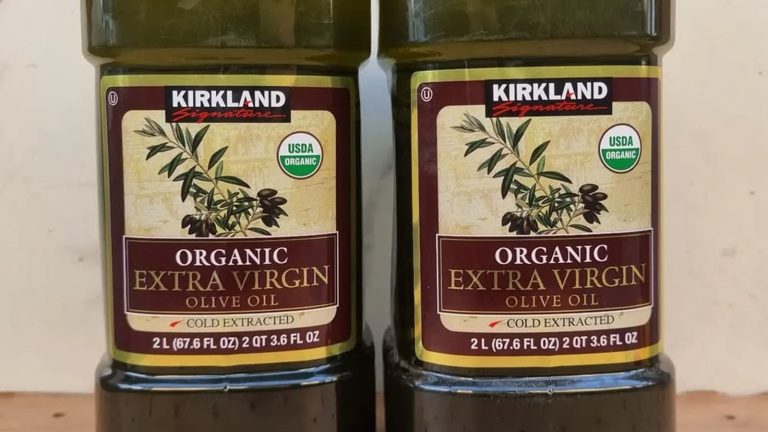If you aren’t that familiar with using wine for cooking, you might not have a lot of experience in determining what type or quality of wine is best for specific dishes. For instance, the wine you use to marinate tuna will be a different variety than the one you would use to make a delicious red wine pan sauce. To make the process less confusing, we spoke with Douglas Keane, chef and partner at Cyrus Restaurant in Geyserville, California, to get his expert tips for choosing the right wine for cooking.
Keane says, “My general rule is that wine is used for acid when cooking. So I’m looking for styles of wine that don’t have a lot of oak and/or tannin. So when I choose white wine it’s usually Sauvignon Blanc from [California] or Sancerre from France. For red wine I almost always use Pinot Noir.” You don’t necessarily need to use expensive wine in cooking. In fact, there are plenty of cheap bottles of wine that taste expensive and will still elevate the complexity of your dish. When choosing a low-tannin red wine variety, you can find a budget-friendly red wine from a lesser-known region. Just remember that when it comes time to choose the right wine for cooking, the quality of the wine, its taste, and the variety of grapes used are important.
Don’t make these common mistakes when cooking with wine
Keane told us the biggest mistakes people make when cooking with wine are “not using enough alcohol and not reducing it all the way. You will only develop the complexity from the wine if you reduce it all the way down.”
Reducing the wine during the cooking process will make its flavor more concentrated, allow some of the alcohol and water to evaporate, and create a thicker, more flavorful liquid or sauce. The best way to reduce wine is to heat it gently on a medium heat until it comes to a slow boil, then reduce the heat to a simmer. Stir it occasionally and watch it closely to make sure it doesn’t burn. Your goal is to allow the liquid to achieve a smooth, uniform consistency and reach about one-half or one-third of its original volume.
Also, cooking wine and drinking wine are not interchangeable; cooking wine is not for drinking, as it is made with lower-quality grapes and is meant to be slowly reduced over a period of time to allow the alcohol to burn off. Finally, be careful when trying to find non-alcoholic substitutes for wine when cooking. To find the right substitute, you will need to have a good understanding of the wine’s purpose among the ingredients list.






